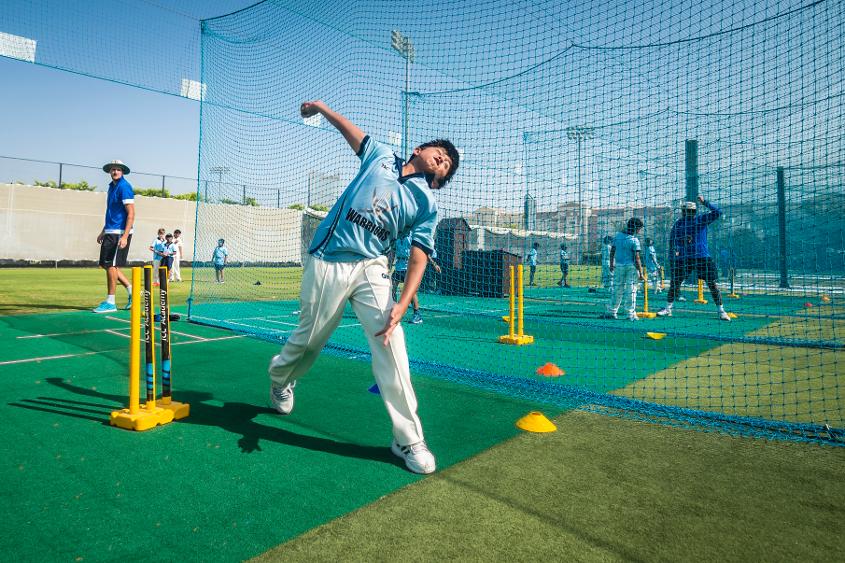How cricket is driving gender equality

As a centuries-old pastime, cricket has traditionally been a male-dominated sport – as many sports continue to be. The sport itself is steeped in tradition and convention, with different formats of the game representing historic and modern values.
Test and 4-day cricket remain the staple of the sport, as they have done for centuries. Shorter formats like T20 and the new ‘Hundred’ competition (due to launch this summer) are a consequence of the widespread need for commercialisation in modern society.
This commercialisation has been directly associated with increasing gender inequality across many sports, particularly the likes of football, rugby and golf – where significantly less money has been invested in professional female sport as opposed to professional male sport. There are a few exceptions, such as tennis, where competition prize money at major tournaments has been equal, regardless of gender, for decades.
Recent years have seen the cricketing world striving for gender equality at all levels of the game, from grass roots to professional competitions.
Parity at the top
Male cricketers in the UK have long benefitted from lucrative professional contracts from the ECB and their counties, with further substantial incomes from tournaments like the Indian Premier League (IPL) and the Big Bash League (BBL).
However, the ECB has made a big step towards gender parity for cricket in the UK with their announcement of equal prize money for the new men’s and women’s Hundred competitions. The Hundred is a brand-new format and competition in world cricket, aiming to further engage and include new audiences in the UK. Equal prize money is a big step towards the example set by tennis, not only by moving towards equal pay, but also in developing the women’s game for the future.
Other competitions around the world have done the same, with the BBL reaching parity a few years ago. Balancing prize money will undoubtedly have a positive impact on lower levels of the women’s game, with more investment trickling down to develop grassroots organisations and systems.
Driving equality at a grassroots level
Grassroots cricket is just as important as professional cricket when it comes to driving gender equality, diversity and inclusion. Professional cricket is key to developing role models in the women’s game to show that cricket is an attainable career path and to inspire girls to pick up a bat or ball for the first time.
The ECB is also implementing a strategy from 2020-2024 to transform women’s and girls’ cricket. The action plan is aiming to boost participation at grassroots levels, whilst developing pathways for aspiring female cricketers and bridging the gap between semi-professional, professional and elite cricket for women.
Engaging girls in cricket at a young age is essential to drive diversity and equality in the sport moving forward. Gender parity, diversity and inclusion are ongoing objectives across the sporting world, but cricket is certainly making the fundamental changes to facilitate this progression.




